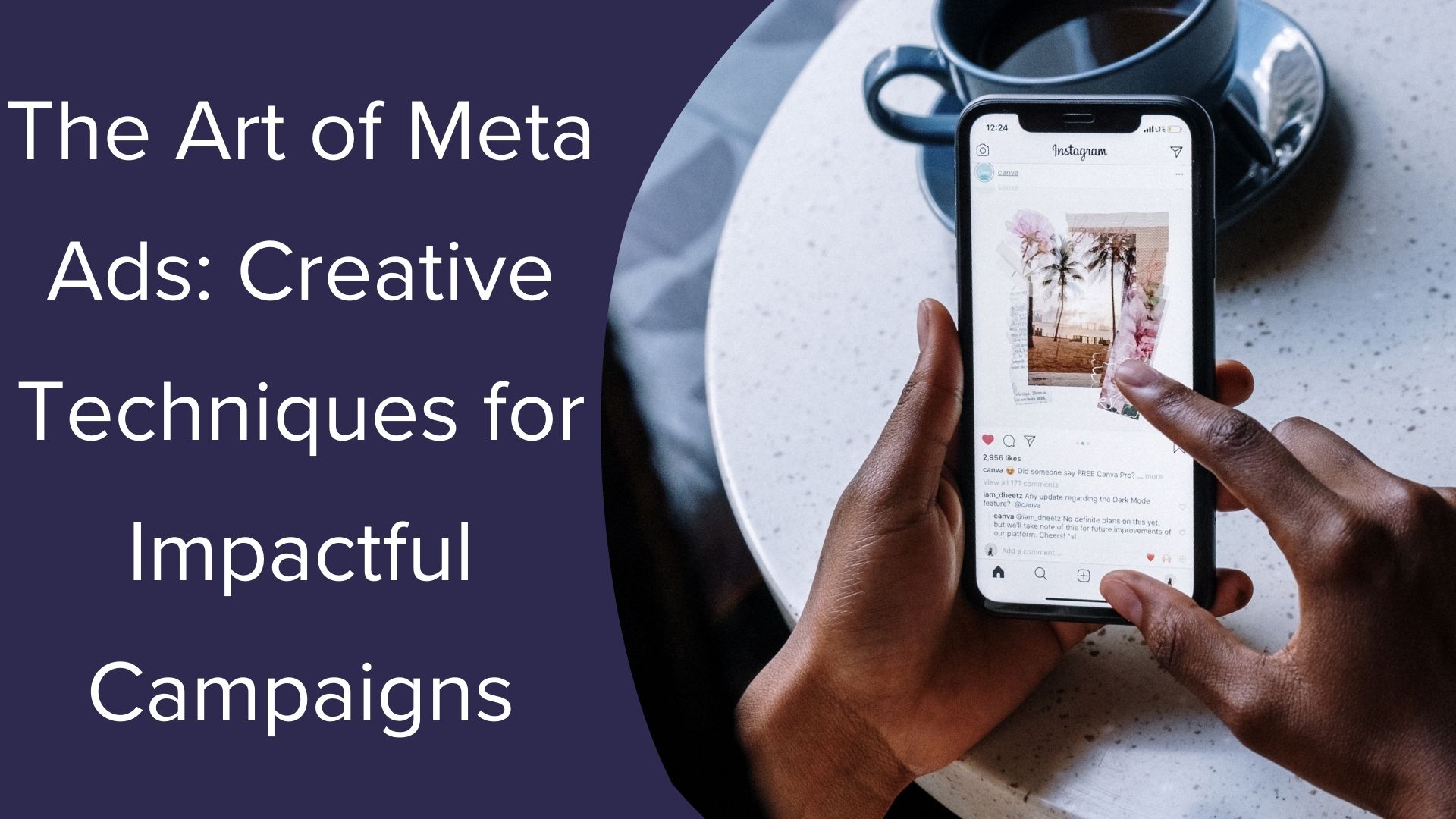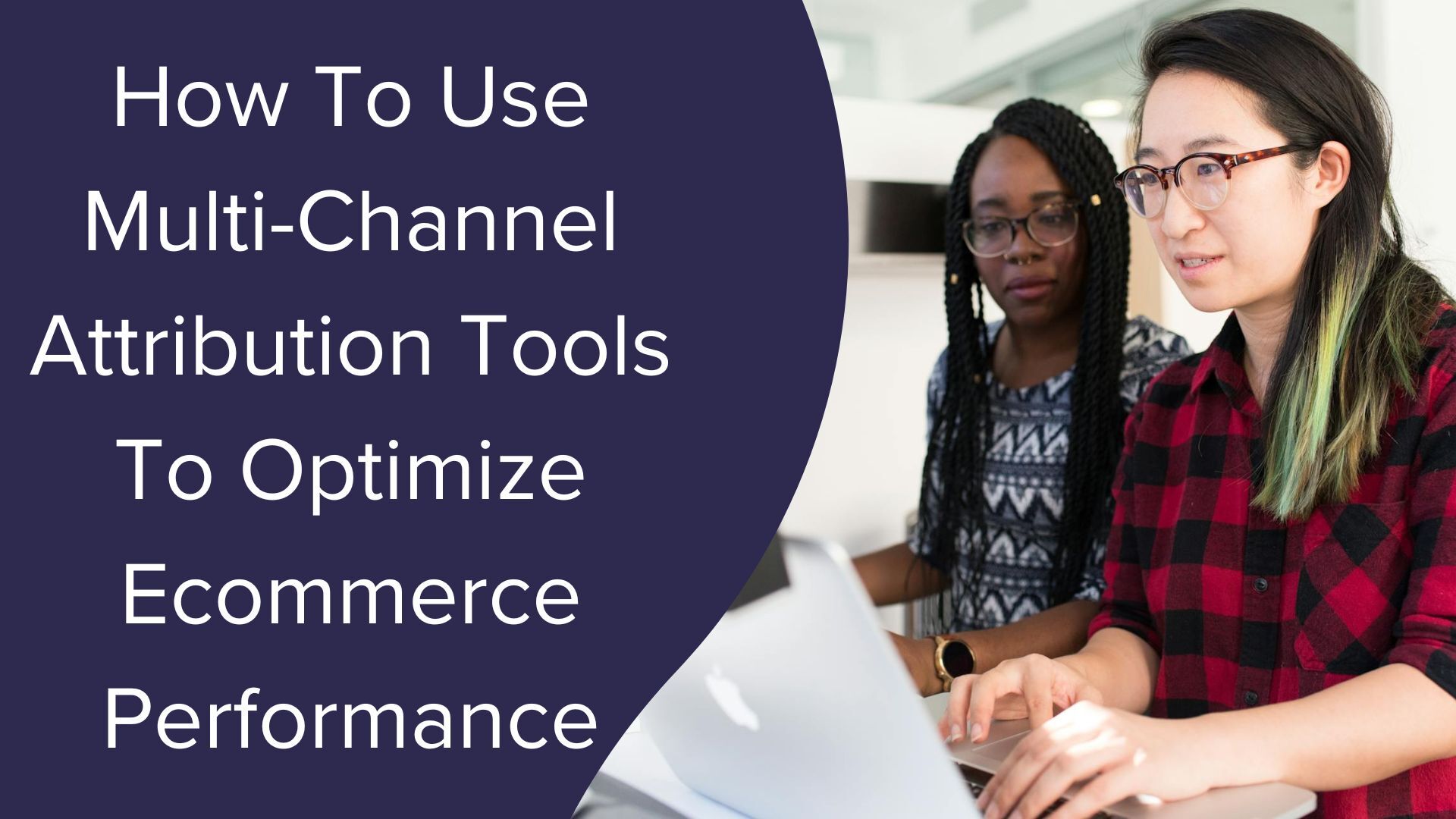Native Advertising and Sponsored Content: A Quick, Getting Started Guide
Sponsored content doesn’t necessary fit this same definition though share similarities; it can still form to the platform but is direct in its intention.
Compare the native versus sponsored:
- An example of a native advertising effort may be an article for a cycling website which shares content about various techniques to improve the performance of your bicycle; within the context it may point to resources that was requested by a brand or advertiser.
- An example of sponsored content is an editorial which doesn’t attempt to mask the information around the content; instead it presents a view and makes an attempt to sell a product/service without being too embedded into the content. The sponsorship may also come about through a need for the content producer to say who is sponsoring their content (like you frequently find in podcasting and YouTube videos).
The lines blur between the two and it can become confusing; the confusion increases because in native advertising it’s not often required to place a disclaimer that the article is, in fact, essentially a piece of sponsored content. Sponsored content, on the other hand, will usually have a tag or flag pointing that it is so.
Still confused? Yeah, it can be that way.
Since content marketing is such a powerhouse in driving brand awareness & sales it’s no wonder that you’ll find yourself exploring these two options.
- Native advertising can allow you to integrate your brand and associate with others in a free-flowing fashion that informs/entertains the reader without feeling pushy though the one drawback is that the reader/viewer may not get the message.
- Sponsored content can be somewhat pushy because it has a direct purpose. Yes, you can craft sponsored content to fit the site and appeal to its readers but there’s still the challenge of overcoming the disdain people have when they realize the piece is actually a sophisticated sales letter.
So how would you go about making the most of these two avenues for promotion?
Learn from examples
Buzzfeed is the king at pushing native advertising (see some of these great examples). It works for Buzzfeed because they cover such a wide range of topics, are popular, and have access to big brands. Look at the articles and see how the brands produce relevant content that naturally promotes their product/service without being overtly confrontational in the sales.
TWiT (This Week In Tech) or Twitch channels are a prime example of sponsored content. Brands identify great content producers, present them with an offer to sponsor their shows, and will gain shout-outs throughout the content which is more up-front than native. Some brands take it a step further by giving these content producers items (like t-shirts, mouse pads, trials) to hand out to their viewers.
Find the relevant channels
Guest posting taught us that to have maximum impact on reaching an audience and converting them to your brand is to have relevancy. The content, tone, and style needs to be relevant to the site/platform to which you are posting which set the stage for native advertising.
It’s likely you already have a list of competitors and relevant sites that cover the same type of content and information within your industry. Now is the time to reach out to them and see what you can do about producing a native ad for their audience or if they’re willing to accept a piece of sponsored content for a monetary return.
If you’re having some difficulty finding relevant sites to post on then consider using a few of these tools to find the influencers of your industry and then reach out through email, social media, or a call.
Source the content producers
If you’re able to produce great content for your business then that’s absolutely fantastic! You should put that talent to good use and commit to creating as much valuable content as you can (without disrupting the other important activities for your business).
Start off strong by producing big, valuable pieces:
- Ebooks
- Whitepapers
- Online courses
- Robust email sequences
- On-going social media story arcs
- Engaging video
Then make your way into creating the easy ones:
- Blog posts
- Short, informative screencasts
- Email blasts
- Social status updates
- Fun creatives
Those that have difficulty in producing content should accept the trouble and seek help from outside sources (or automated tools). Freelance content producers are plentiful and can be found all over the Web (or right there in your business via employees). Dig around on the many freelance marketplaces, results when searching for personal portfolios, LinkedIn, and the other channels, and you shouldn’t have trouble finding someone to produce that great native/sponsored content for your brand.
Reach out
With content in hand and a target in sight – get in touch with a site owner or popular social media-type to pitch your content.
The key is to explain the value exchange to the individual; they know by teaming with them you will gain attention so it’s your duty to explain the benefits on their end such as delivering fun, engaging, or informative content to their audience that will keep them engaged and increasing subscribers.
An email would suffice but everything is personal now. Get in touch through social media channels or, better yet, hold a video call with them over Skype to get the real face-to-face time with them. You want to bond with this individual not just for short-term gains with having them publish your work on their platform but to open a relationship where the two of you can continue to work toward greatness together.
Wrapping it up
Some feel native advertising is deceitful because it encloses a marketing message in what would otherwise be just a helpful, informative, or fun piece of content. They feel like they’ve been betrayed because they’ve committed their time to explore the content. The reality is that most individual don’t care because if content is fun and engaging then they’re welcoming to the message.
Sponsored content, being upfront, also has a bad reputation at times but mostly so because many businesses have abused it in the past. This is why it’s important that you deliver truly exceptional content and that it’s paired with a relevant site/platform that hasn’t broken the trust of its readers.
In the end – native advertising and sponsored content are two powerful forces to use in your marketing and promotion; they shouldn’t be tossed aside especially going into 2016 where we will see more and more of these two types become prevalent on the Web.
Start building your plan now; it’s going to be a wild ride once it’s implemented.
Image by kpgolfpro




